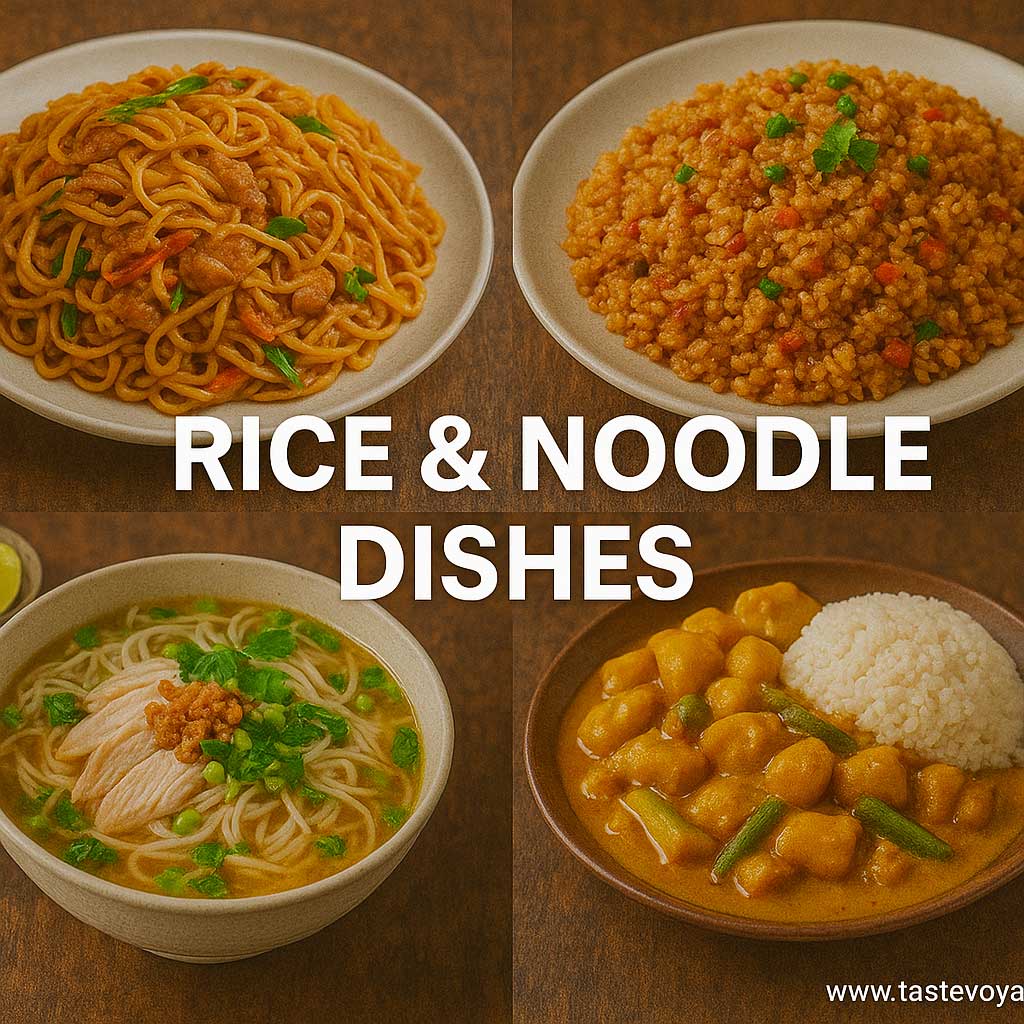Make Restaurant-Style Rice Porridge at Home Easily
Travel the World Through Food >> Cambodian Cuisine>>Rice & Noodle Dishes>> Make Restaurant-Style Rice Porridge at Home Easily
Make Restaurant-Style Rice Porridge at Home Easily
Discovering the Charm of Restaurant-Style Rice Porridge at Home
Rice porridge, often called congee or juk in various Asian cuisines, embodies comfort and tradition. When prepared with care, this humble dish transforms into a culinary masterpiece that bridges cultural heritage and everyday nourishment. Today, many food enthusiasts seek to recreate restaurant-quality rice porridge at home, elevating their culinary experience while honoring age-old traditions. This dish’s cultural significance and culinary allure make it a beloved staple across many regions.
A Cultural Symbol of Warmth and Care
Rice porridge holds a special place in the hearts of many cultures. It is more than just a breakfast or comfort food; it symbolizes care, nurturing, and family bonding. Traditionally served during family gatherings, breakfast tables, or as a healing remedy, it reflects a shared history rooted in simplicity and warmth. Its versatility allows it to adapt to regional flavors, making it a dish that resonates deeply across generations.
Many cultures have their unique variations of rice porridge, each carrying subtle nuances. In some regions, it is a breakfast staple, while in others, it is a dish for Special occasions or restorative days. Its gentle, soothing nature makes it an ideal comfort food that fosters feelings of tranquility and well-being.
Culinary Significance and Technique
The culinary appeal of restaurant-style rice porridge lies in its creamy texture and delicate flavor. Achieving that restaurant-quality consistency at home involves understanding the key principles—slow cooking, proper rice-to-water ratio, and careful stirring. When perfected, the dish boasts a silky-smooth mouthfeel that elevates simple ingredients into a refined delicacy.
The beauty of rice porridge is its adaptability. It serves as a blank canvas for an array of toppings and seasonings, including salted eggs, century eggs, scallions, ginger, or roasted meats. This flexibility not only enhances its flavor profile but also celebrates regional culinary traditions. The dish’s rich history of culinary craftsmanship underscores its importance as a versatile and cherished staple.
The Joy of Making Restaurant-Style Rice Porridge at Home
Recreating restaurant-style rice porridge at home offers a rewarding culinary experience. It allows for customization—adding ingredients that suit personal taste or dietary preferences. The process can become a mindful ritual, connecting home cooks with their cultural roots and family recipes.
By mastering the art of rice porridge, home chefs can enjoy a dish that is both nourishing and elegant. Its simplicity invites experimentation, encouraging cooks to explore various toppings, textures, and flavors. This dish’s universal appeal lies in its comfort and versatility, making it a delightful addition to any meal.
Embracing a Cultural Culinary Heritage
Celebrating rice porridge at home is an homage to the culinary traditions that have been passed down through generations. Its enduring presence in homes and restaurants worldwide underscores its importance as a symbol of shared History and cultural identity. Whether enjoyed as a quick breakfast or a soothing remedy, rice porridge remains a testament to the artistry of simple, wholesome cooking.
In embracing this dish, food lovers honor a culinary legacy rooted in warmth, care, and community. Its ability to adapt and flourish in modern kitchens highlights its timeless appeal. As you explore making restaurant-style rice porridge at home, remember that each bowl embodies a rich cultural story—one that continues to nourish both body and soul.
Conclusion
Restaurant-style rice porridge at home is more than a dish; it is a celebration of culinary tradition and cultural connection. Its comforting flavor, smooth texture, and versatility make it a beloved cornerstone of many culinary heritages. By appreciating its significance, home cooks can deepen their understanding of regional cuisines and create meaningful, delicious moments around the dining table. Embrace this timeless dish and experience the warmth and depth it adds to your culinary repertoire.
